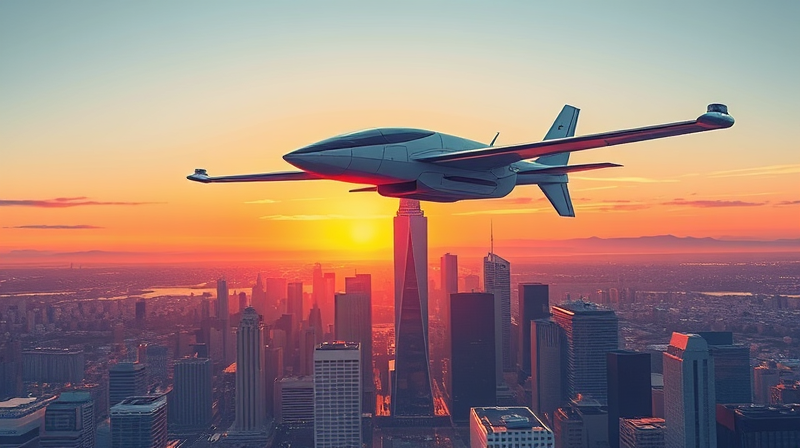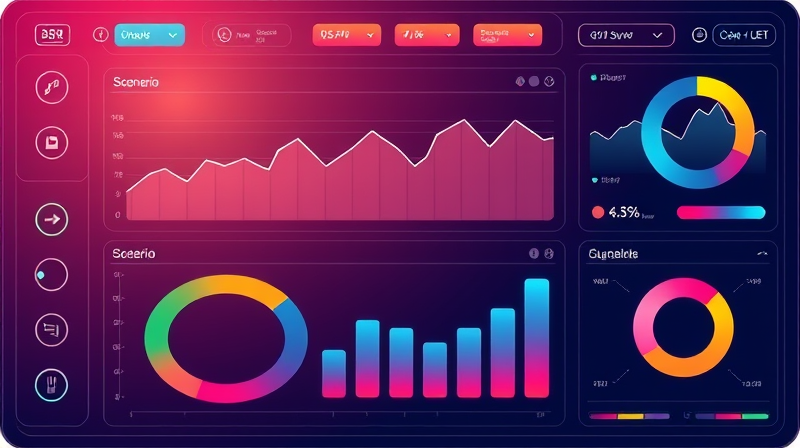
Electric vertical takeoff and landing (eVTOL) technology stands at the threshold of a new aviation era, fueled by a confluence of environmental urgency, urban congestion, and defense requirements. Over the past year, key industry players have secured significant institutional capital, propelling prototypes off the tarmac and into rigorous trial phases. These investments underscore a collective confidence that eVTOL aircraft will soon offer sustainable, high-speed urban transport options and redefine mobility in both civilian and military contexts.
Archer Aviation, a trailblazer in the eVTOL domain, successfully raised $301.75 million in fresh equity from prominent backers, led by BlackRock, one of the world's largest asset managers. This infusion brings Archer’s total liquidity to approximately $1 billion, fortifying its ability to refine a versatile hybrid aircraft platform for commercial and defense applications. Earlier, in December 2024, Archer secured an additional $430 million, signaling a strategic pivot toward expanding military partnerships and accelerating certification efforts.
Alpine Vertical, another innovator, closed a $20 million Series A round to expedite development of its Argon hybrid VTOL aircraft. Leveraging proven airframes with vertical lift innovations, the company aims for rapid market deployment within years—a stark contrast to the 7 to 16 years typical in aviation certification cycles. Meanwhile, GA (Int’l) Capital Management Limited publicly pledged to underwrite transformative growth in the eVTOL sector, emphasizing regulatory navigation and mass-market scalability.
The global eVTOL market was valued at $1.2 billion in 2023 and is forecast to skyrocket to $17.7 billion by 2030, driven by increasing urbanization and the need to decarbonize transport networks. Analysts identify 2025 as a pivotal year, with several manufacturers aiming for initial certifications and pilot commercial services. Early applications will likely focus on metropolitan areas where conventional ground infrastructure struggles under chronic congestion.
Institutional investors, sensing growing demand for urban air mobility, are accelerating funding pipelines. By underwriting early-stage trials and prototype demonstrations, they aim to de-risk certification hurdles and establish first-mover advantages. This capital influx not only underwrites aircraft development but also stimulates supply chain readiness, battery innovation, and manufacturing capacity expansion worldwide.
Regulatory agencies, including the FAA in the United States and EASA in Europe, are crafting bespoke frameworks to assess eVTOL safety, performance, and airworthiness. Unlike traditional aircraft, eVTOL platforms blend multirotor lift systems with fixed-wing cruise capabilities, necessitating novel certification standards. Industry stakeholders emphasize adherence to established best practices and close collaboration with authorities to streamline type certificates.
Given this complexity, companies with modular, proven components can fast-track approvals. Alpine Vertical, for example, leverages legacy airframes adapted for electric propulsion, reducing technical risk. Archer, on the other hand, focuses on hybrid propulsion designs in partnership with Anduril Industries, targeting both defense and civilian markets.
eVTOL platforms are uniquely positioned to serve a wide array of missions, each unlocking new operational paradigms. Urban air taxis promise rapid point-to-point transit, bypassing gridlocked streets. Emergency services anticipate transformative gains in patient transport and disaster response. In defense, these aircraft offer quiet, agile insertion capabilities for special operations and logistics.
This multipurpose flexibility attracts institutional investors seeking diversified risk and long-term returns across civilian and defense sectors.
Strategic partnerships are accelerating both R&D and deployment initiatives. Archer’s alliance with Anduril Industries focuses on hybrid-propulsion VTOL aircraft targeting defense, integrating autonomous systems and advanced sensors. In July 2023, Archer clinched a $142 million contract to deliver six "Midnight" aircraft to the U.S. Air Force, each capable of 100-mile range, 150 mph top speed, and a 1,000-pound payload.
On the economic front, regions such as West Virginia and Appalachia are positioning themselves as aerospace manufacturing hubs. By offering incentives and infrastructure support, these areas aim to position themselves as industry hubs, attracting skilled labor, supply chain investments, and research initiatives that reinforce the domestic eVTOL ecosystem.
Underpinning the eVTOL revolution are breakthroughs in battery energy density, composite materials, and scalable manufacturing. Companies are deploying next-generation manufacturing techniques for aerospace production, including automated composite layup and modular assembly lines. Advances in solid-state and lithium-sulfur batteries promise greater energy storage, extending range while reducing charge times.
Meanwhile, innovations in avionics, flight control software, and sensor fusion are enhancing safety and autonomy. These systems, combined with lightweight composites, minimize weight while maximizing structural integrity. Such technological synergies accelerate development cycles and lower unit costs, charting a path toward economically viable mass production.
Despite momentum, the eVTOL sector faces formidable challenges. Regulatory uncertainty, infrastructure gaps, and public acceptance hurdles must be navigated. Building vertiports, integrating air traffic management for low-altitude corridors, and establishing maintenance networks require extensive cooperation among government agencies, local municipalities, and private operators.
Investors and manufacturers are collaboratively funding demonstrator programs, community outreach, and pilot services to showcase safety and utility. This concerted effort aims to build trust, refine business models, and ensure regulatory frameworks evolve in step with technological progress.
As eVTOL aircraft transition from prototypes to operational fleets, they hold the promise of reshaping the future of mobility. sustainable aerial transportation networks could alleviate congestion, reduce carbon emissions, and unlock new economic frontiers. With battery technology advancements and composites driving performance, and institutional funds fueling trial phases, the sky is no longer the limit but the beginning of a transformative journey.
References













